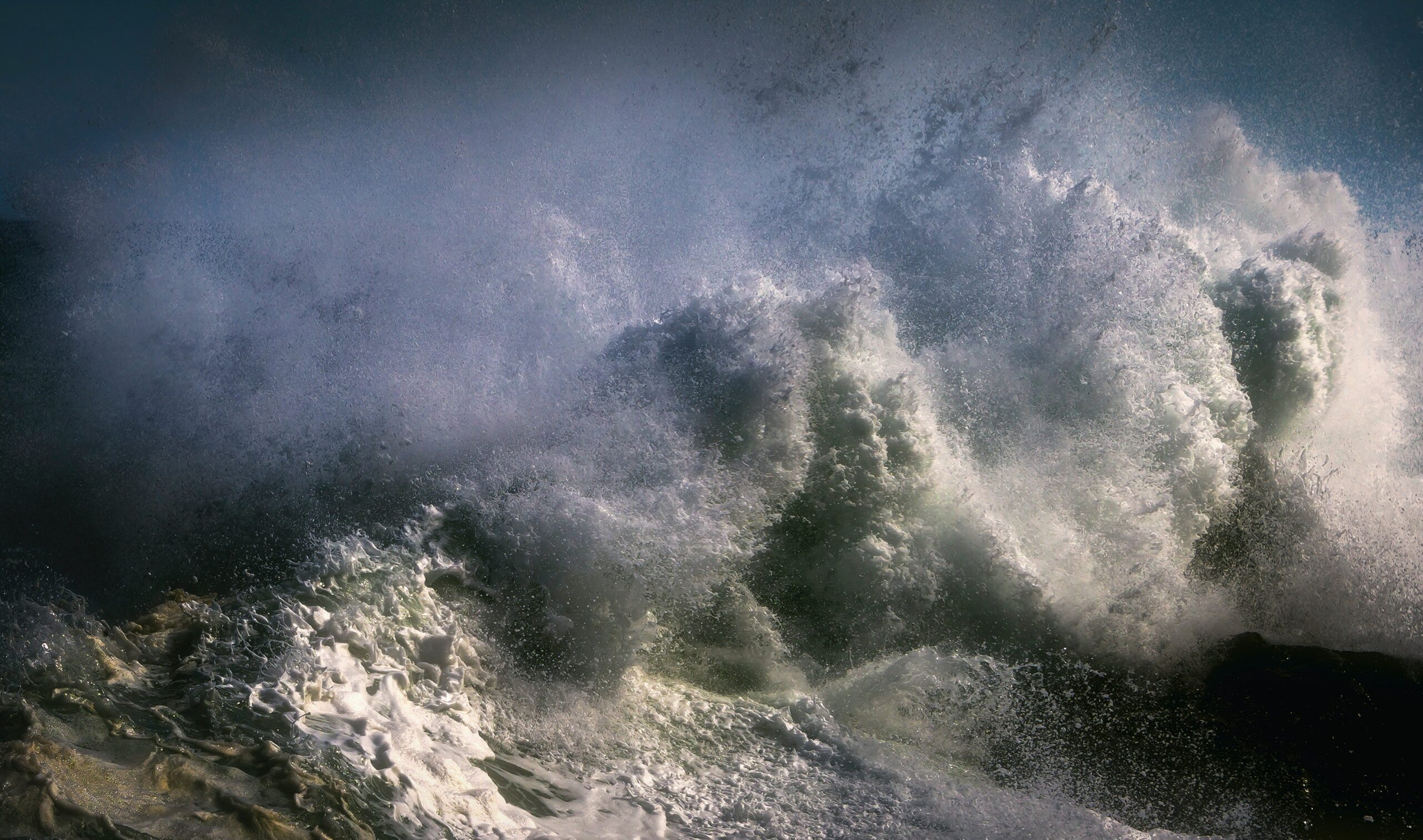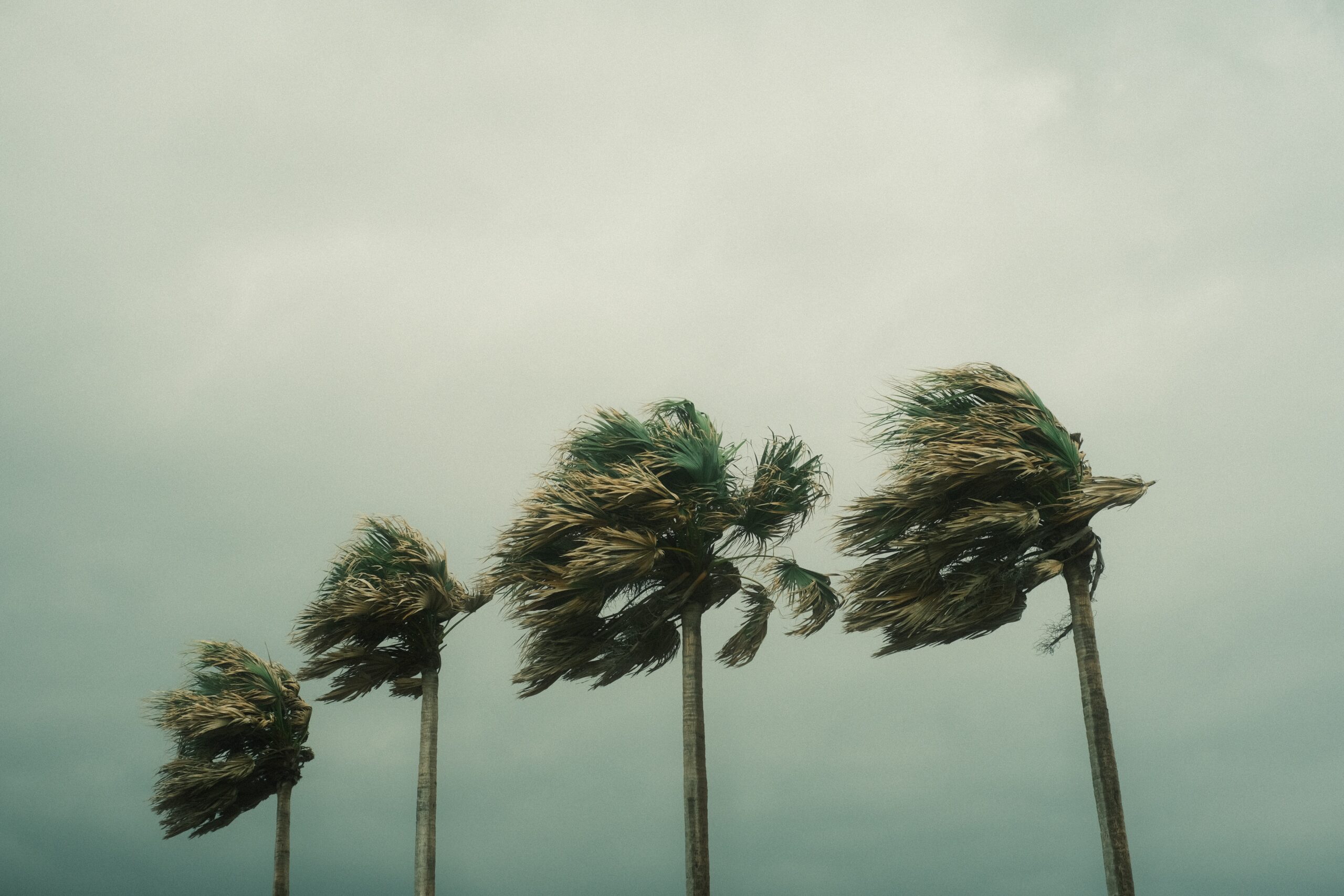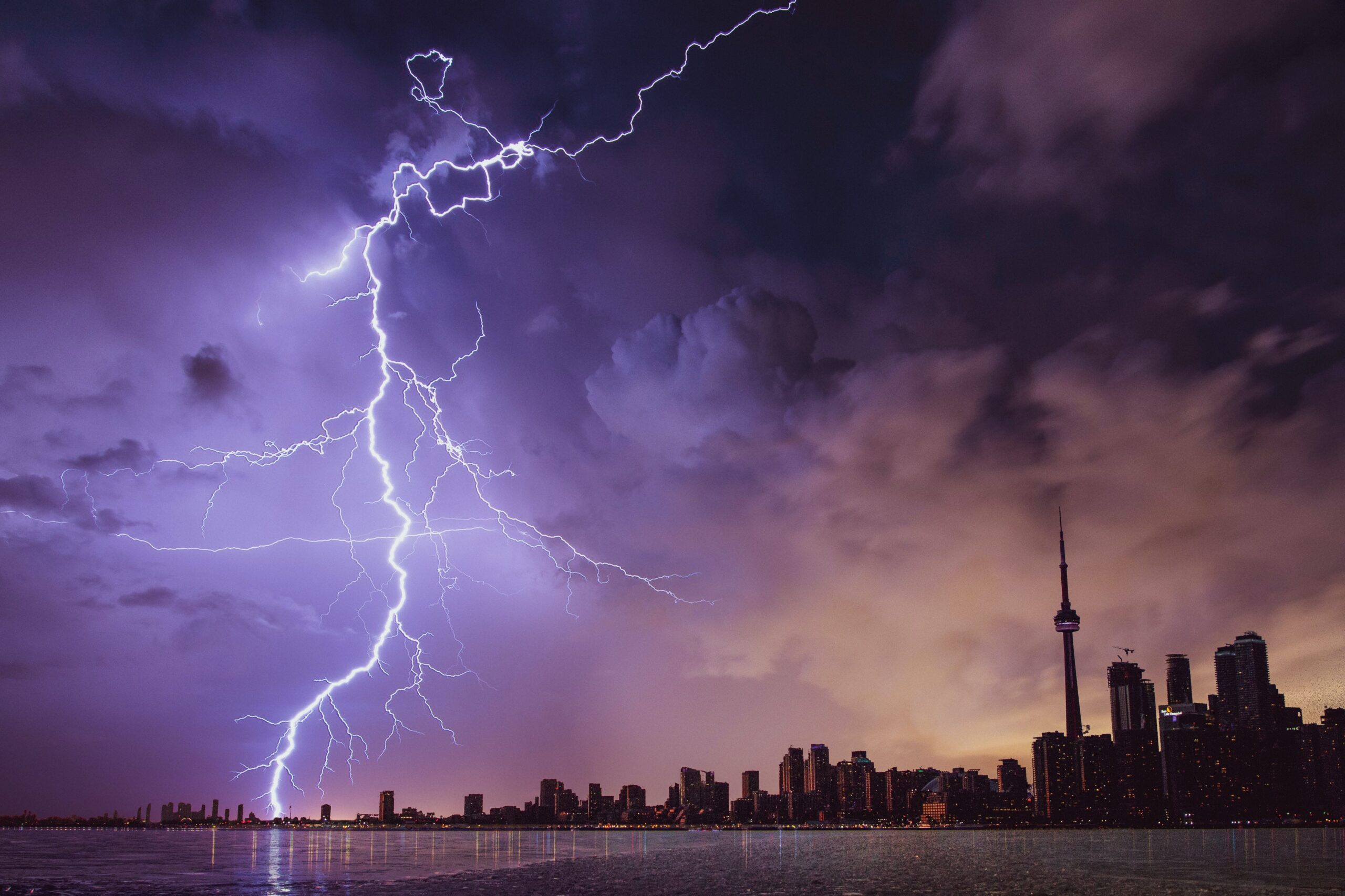The first Saharan dust plume for the summer, originating from the African continent, is expected to impact Southeast states, including Florida, over the weekend. The plume’s influence extends to air quality, the coloration of sunsets and sunrises, and even the likelihood of cyclone development.
Saharan Air Layer
According to NOAA, the Saharan Air Layer (SAL) is a mass of dry, dusty air that forms over the Sahara Desert during the late spring, summer, and early fall, moving over the tropical North Atlantic Ocean every three to five days. It annually carries an estimated 180 million tons of dust across the ocean and into the Americas. The FOX Forecast Center confirmed that the upcoming plume will have journeyed more than 5,000 miles by the time it arrives in Florida.
Formation and Influences of the Sahara Air Layer
Ripples in the lower-to-middle atmosphere, known as tropical waves, trace along the southern edge of the Sahara Desert, lifting considerable amounts of dust into the atmosphere and forming the SAL. As it crosses the Atlantic, the SAL occupies a thick layer of the atmosphere, starting about a mile above the surface. The layer’s warmth, dryness, and strong winds have been found to suppress tropical cyclone formation and intensification. The typical SAL activity intensifies in mid-June, peaking from late June to mid-August, with new outbreaks occurring every three to five days. During the peak period, it is common for the dust to reach as far west as Florida, Central America, and even Texas, covering extensive areas of the Atlantic. The SAL has three significant characteristics that affect the weather and climate:
- Extremely Dry Air: The Saharan Air Layer’s dry, dusty air contains about 50% less moisture than the typical tropical atmosphere. This dryness can hinder the development of a tropical cyclone or disturbance by promoting downdrafts around the storm.
- African Easterly Jet: The strong winds in the Saharan Air Layer can significantly increase the vertical wind shear in and around the storm environment, potentially disrupting the storm’s internal heat engine.
- Warm Temperatures: The Saharan Air Layer’s warmth stabilizes the atmosphere, suppressing cloud formation and maintaining its warmth as it crosses the Atlantic Ocean.
Impact on Air Quality
The Centers for Disease Control and Prevention (CDC) warns that Saharan dust can worsen air quality and increase particulate matter levels in the air. In some instances, the dust can mix to lower atmospheric levels, potentially causing breathing difficulties, especially for individuals with weak respiratory systems. Common symptoms of exposure to Saharan dust include eye, nose, and throat irritations. Moreover, the dust particles can potentially trigger asthma attacks and aggravate other respiratory conditions.
Measures to Cope with Saharan Dust
- Stay indoors as much as possible while the dust is in the air, or wear a mask while outside.
- Run a HEPA filter indoors to purify the air, especially in the bedroom.
- Patients who use rescue or controlling medications for pulmonary conditions should always have them on hand and use them as prescribed.
- Seek professional medical advice at the first sign of difficulty breathing.
- Standard allergy medications such as antihistamines and steroid nasal sprays might be helpful for less severe symptoms.
- If you are experiencing a sore throat and runny nose and are unsure whether it is COVID, get tested.
Over the next week, forecast models predict that dust plumes will off-and-on impact Florida and the Gulf Coast. Besides influencing the sky’s colors, communities could see decreased rainfall, hotter temperatures, and poor air quality readings if the SAL is dense enough. On the brighter side, this natural phenomenon may also lessen the risk of cyclone development and organization, leading to quieter tropics during active SAL episodes.
During active SAL episodes, the dry air and atmospheric conditions associated with the dust plume usually impede cyclone development and organization. This happens because the SAL introduces an environment that is not conducive to developing and strengthening tropical cyclones.
Stay Informed and Take Precautions
To safeguard health during these episodes of Saharan dust influx, it’s crucial to stay informed about the air quality in your region. Regular checks on the Air Quality Index and current condition updates can help you stay aware of the situation and take necessary precautions. Despite the challenges that come with the Saharan dust plume, understanding the phenomenon and taking appropriate precautions can ensure a safe and awe-inspiring experience of this natural event.










